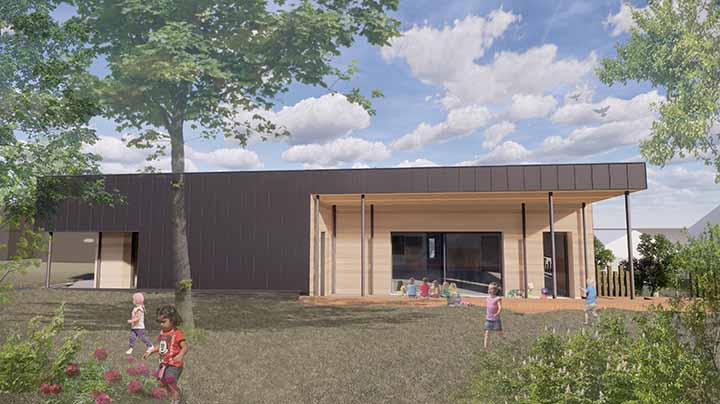
MORRISON Construction has started work on Scotland’s first purpose-built Passivhaus nursery.
The £1.5 million West Lothian Council project, led by hub South East, will provide up to 64 spaces for early learning and childcare.
Passivhaus buildings are specially designed to provide enhanced thermal comfort with minimal use of energy for heating and cooling. Not only is it the first nursery of its kind in the country, but only the second non-domestic Passivhaus building in Scotland.
West Lothian Council’s executive councillor for education, David Dodds, said, “It’s exciting to see construction is well underway at West Lothian’s first Passivhaus building in Blackridge. The new £1.5 million ELC has been specially designed to be high comfort and low energy, with good indoor air quality.
“It will be the perfect place for children to begin their education journey in West Lothian, and a superb addition to West Lothian’s superb school estate, which is one of the best in the country.”
Roddy Clark, hub South East’s operation’s director, added, “We’re delighted with the progress being made on site as we deliver what will be the first public Passivhaus nursery in Scotland. This is an exciting project in partnership with West Lothian Council, helping our client to meet progressive Scottish Government environmental targets, as well as helping influence next-generation design proposals for Scotland’s learning estate.
“We commend our contractor on site for undertaking construction to a high standard of quality in a Covid-safe environment and we look forward to handing over the completed project in the new year.”
Eddie Robertson, managing director of Morrison Construction, commented, “The team is making excellent progress on the Blackridge project, which is of significant interest to all involved. By adopting a Passivhaus building solution in an educational environment and monitoring building performance and environment for the users we are developing greater understanding of how to build the zero carbon public buildings of the future.”








